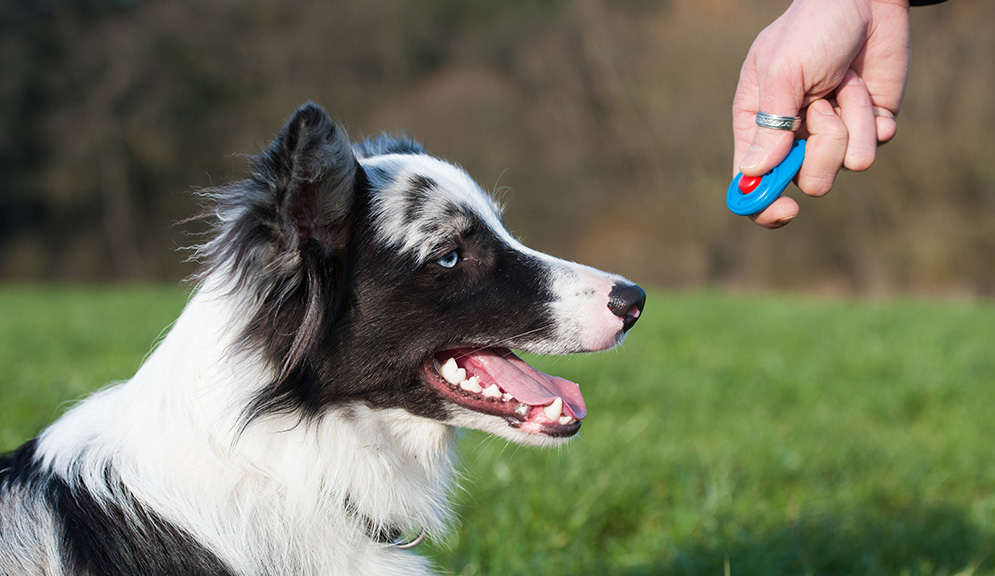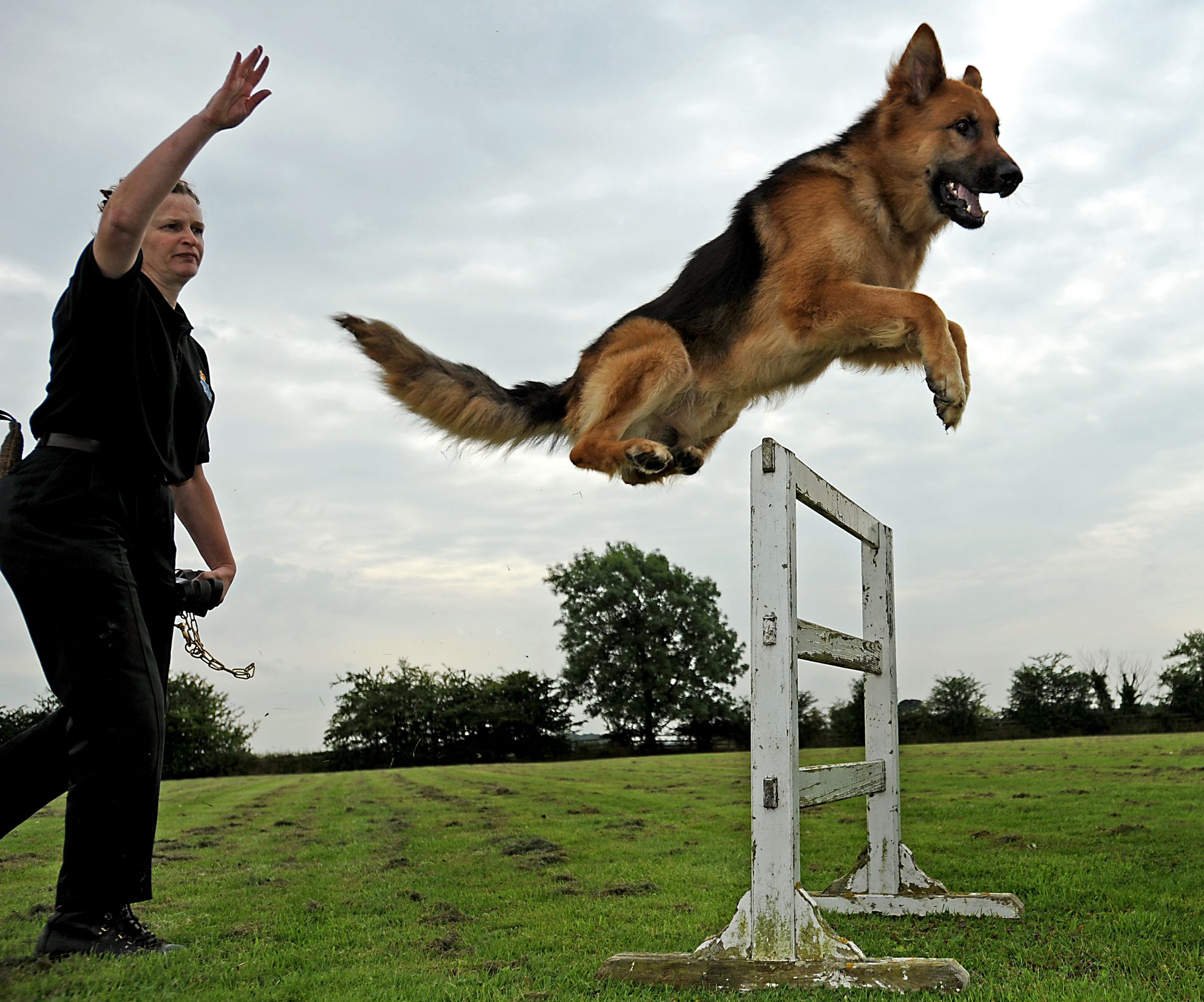Dog Training Secrets: Achieving Results Without Stress
Dog Training Secrets: Achieving Results Without Stress
Blog Article
The Ultimate Guide to Pet Training: Change Your Pet dog's Actions
Effective canine training is crucial for promoting a harmonious connection between family pets and their owners. The complexities of canine habits and the execution of structured training methods play a vital role in this process. By recognizing the concepts of positive support, uniformity, and socializing, family pet proprietors can browse usual obstacles that emerge throughout training. This overview not just aims to equip you with the essential tools to change your pet's actions yet also invites you to explore just how these fundamental principles can result in a much deeper connection with your pet dog. What may be the initial step in this transformative trip?
Recognizing Pet Dog Behavior
Recognizing pet behavior is necessary for effective training and a harmonious connection in between dogs and their proprietors. A pet's behavior is influenced by a mix of genetics, environment, and experiences. Dog training. Identifying these variables allows proprietors to tailor their training approaches to satisfy the individual needs of their animals
Canines connect largely through body movement, vocalizations, and facial expressions. For example, a wagging tail can indicate excitement or joy, while a tucked tail might indicate anxiety or entry. Observing these signs allows owners to respond properly, reinforcing favorable behaviors and addressing unfavorable ones successfully.
Additionally, comprehending the social framework of pets can give understandings right into their actions. Dogs are pack pets, and they grow in an organized setting. Developing regular policies and clear borders can avoid complication and advertise a complacency.
In addition, identifying the all-natural instincts of canines, such as the desire to chase after or dig, is crucial. These reactions can be redirected via appropriate outlets, such as play or exercise. By adequately recognizing these behavior aspects, proprietors can cultivate a positive training experience, ultimately bring about a well-adjusted and loyal canine friend.
Crucial Educating Methods
Efficient pet training counts on a selection of vital strategies that can substantially improve the knowing process for both the canine and the proprietor. One fundamental method declares support, which includes fulfilling desirable behaviors with deals with, praise, or playtime. This approach urges pet dogs to repeat the actions that cause positive results, cultivating a relying on partnership between the family pet and proprietor.
Another secret strategy is consistency in assumptions and commands. Using the exact same spoken cues and hand signals helps the canine understand what is needed, decreasing complication and advertising quicker discovering. Additionally, developing clear limits and policies is essential for efficient interaction.
Socialization is also a necessary component of training. Revealing pets to different settings, individuals, and other animals assists them develop proper social skills and reduces stress and anxiety in strange scenarios.
Finally, patience and timing are essential. Training sessions must be short however constant, ensuring that the dog continues to be involved and receptive. By utilizing these crucial strategies, owners can produce a favorable and organized training experience that promotes etiquette and strengthens the bond with their canine buddies.
Developing a Training Set Up
Exactly how can a well-structured training routine improve a pet's understanding experience? A training schedule supplies consistency, ensuring that dogs get routine, focused guideline. This predictability assists canines understand what is expected of them, reinforcing their learning and enabling for better retention of commands and habits.
When developing a training schedule, it is important to think about the canine's age, type, and specific character. Youthful pups may take advantage of shorter, extra regular sessions, while grown-up dogs might love longer, much less constant training durations. Incorporating a variety of activities Continued can likewise maintain the sessions involving, avoiding boredom and advertising enthusiasm for learning.
Furthermore, organizing training sessions at certain times of the day can assist solidify a regimen. As an example, coupling training with daily strolls or play can produce a favorable association with discovering. It is likewise crucial to consist of time for reinforcement, such as treats or praise, to compensate preferred actions immediately.
Last but not least, flexibility is crucial. While consistency is important, being adaptable to the canine's mood or energy level can enhance their knowing experience. A well-crafted training schedule ultimately lays the foundation for effective interaction and a stronger bond in between the dog and owner.
Typical Educating Obstacles
Despite having a well-structured training timetable, dog owners typically experience numerous difficulties during the training process. One common concern is incongruity in commands and signs. When multiple household members use various terms or tones, a pet dog may come to be baffled, hindering its capacity to discover effectively.
An additional regular obstacle is diversion. Dog training. Canines are normally curious animals, and outside stimulations such as other pets, noises, or individuals can divert their attention throughout training sessions. This requires proprietors to create a regulated environment or slowly present diversions to reinforce focus
Furthermore, differing energy degrees can impact training results. High-energy pets may have a hard time to settle down and focus, while more easygoing breeds might require additional inspiration to involve. Tailoring the training method to fit the private pet's character is crucial for success.

Structure a Solid Bond
A strong bond in between a canine and its owner is crucial for successful training and overall health. Dog training. This connection fosters depend on, which is important for effective communication throughout the training process. When a pet feels secure and linked to its owner, it is a lot more likely to react positively to cues and commands
To develop this bond, uniformity is essential. Developing a routine that consists of normal feeding, workout, and training sessions aids produce a feeling of stability. Furthermore, favorable reinforcement strategies, such as deals with, praise, and play, strengthen wanted behaviors while enhancing the psychological connection.
Socialization is an additional vital element of bond-building. Revealing your dog to different settings, individuals, and other animals assists them really feel more certain and comfortable, enhancing the bond with their owner. Participating navigate to this website in tasks with each other, such as walking, playing fetch, or taking part in obedience training, advertises teamwork and the original source mutual pleasure.
Final Thought

Recognizing dog habits is important for efficient training and an unified connection in between dogs and their owners.Reliable dog training depends on a selection of essential techniques that can dramatically enhance the discovering procedure for both the proprietor and the canine.Regardless of having a well-structured training schedule, pet dog proprietors commonly experience different obstacles during the training process.In final thought, efficient pet training relies on an extensive understanding of canine habits, the application of necessary strategies, and the establishment of a structured training schedule. By emphasizing positive reinforcement and consistency, pet dog proprietors can dramatically boost their pets' behavior, ultimately guaranteeing a harmonious connection and promoting the wellness of both the canine and its atmosphere.
Report this page